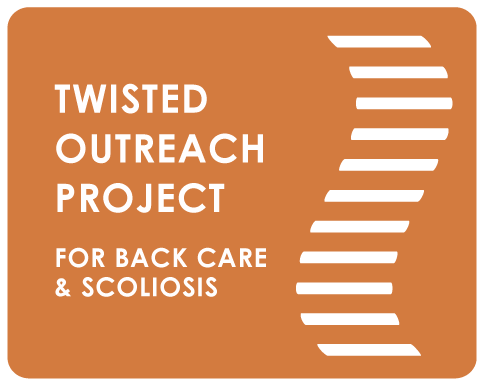What is Scoliosis?
Scoliosis of the spine, historically known as “the dangerous curve,” has been couched in the language of risk and fear for well over a century. Scoliosis is an abnormal curvature of the spine that causes compression on one side of the body. It also involves a rotation of the spine, in which the vertebrae twist around the long axis of the spine. It's estimated that 4% of all children ages 10 to 14 have detectable scoliosis.
For those with more severe scoliosis, back muscle fatigue and pain may be felt and the abnormal compression of the ribs can put pressure on vital organs including the heart, lungs and intestines. About 50% of children with scoliosis will need some form of treatment or at least require close follow-up with a doctor. Prompt treatment will usually prevent the condition from worsening.
